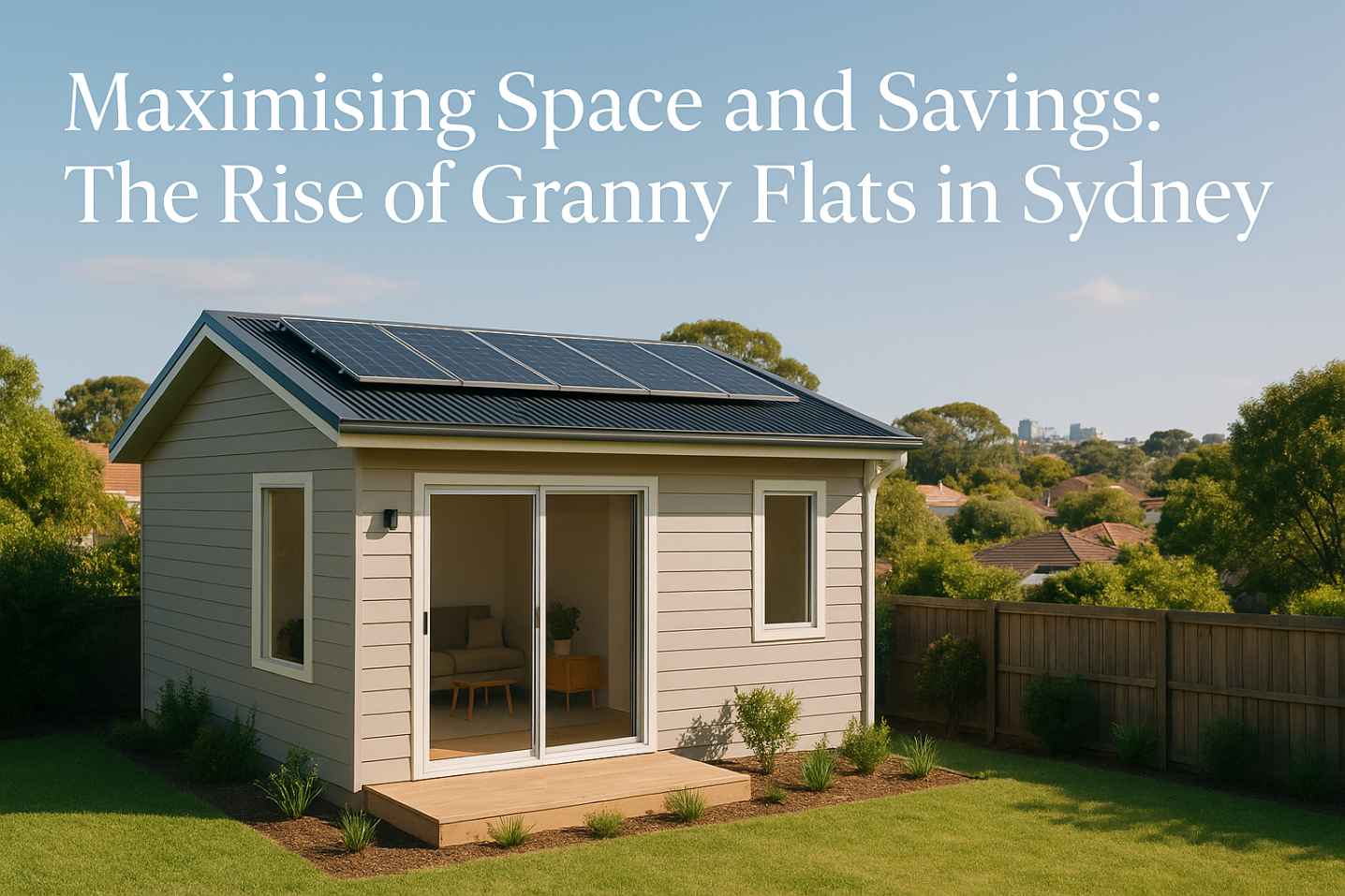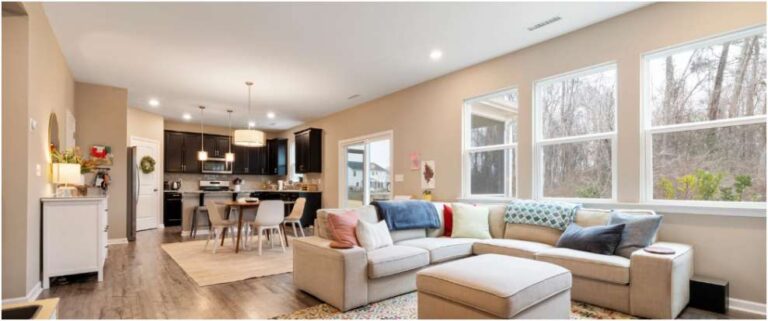In recent times, Sydney residents have been exploring innovative ways to maximise their property’s potential, whether for additional living space, rental income or to accommodate a growing family. One such solution that has gained popularity is the construction of a granny flat Sydney. These self-contained living areas are not only a pragmatic choice for expanding living space but are also a wise financial investment in the property market.
The Versatility of Granny Flats
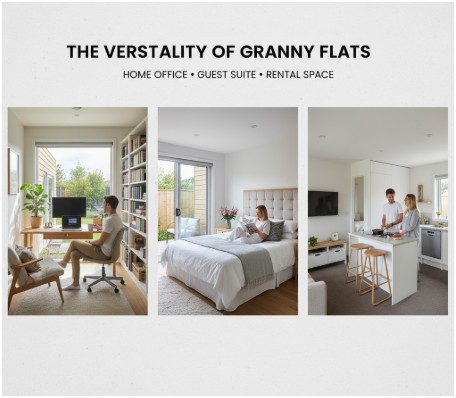
Granny flats, also known as accessory dwelling units (ADUs), have become an integral part of modern living in Sydney. Traditionally designed to provide a separate living space for elderly relatives, their uses have diversified over the years.
Nowadays, they are often rented out to generate additional income, or used as home offices, artist studios, teenager retreats, or guest accommodations. This versatility has certainly contributed to their increased demand.
Space-Efficient Living Solutions
As land in Sydney becomes increasingly scarce and expensive, homeowners are turning to granny flats as a space-efficient living solution. These compact dwellings are often built in the backyard of an existing property, utilising space that might otherwise go unused.
With thoughtful design, they offer all the amenities of a full-sized home—such as a bedroom, kitchen, living area, and bathroom—condensed into a smaller footprint.
Economic Benefits
The decision to add a granny flat to a property can bring significant economic benefits. Alongside the potential rental income, it can also increase the overall value of the property. Moreover, it is a cost-effective option compared to purchasing a larger home or undergoing major renovations.
Homeowners in Sydney are recognising that the initial investment in constructing a granny flat can lead to considerable savings and return on investment in the long run.
Leveraging Granny Flats for Rental Income
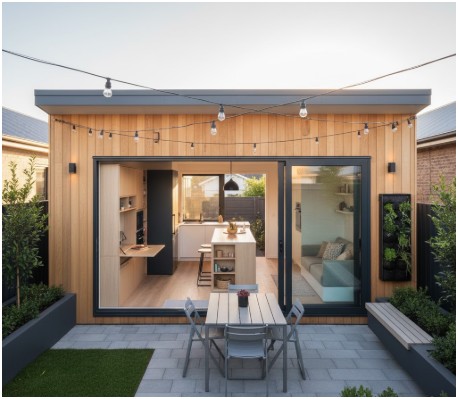
With Sydney’s robust rental market, granny flats present a lucrative opportunity for property owners to generate passive income. A well-designed granny flat can be a desirable rental space for singles, couples, or small families, providing landlords with a steady stream of income. This income can help offset mortgage repayments or serve as additional cash flow for other investments or lifestyle needs.
Meeting Housing Demand in Sydney
Sydney’s continuing housing shortage has placed pressure on the market, resulting in high demand for alternative housing solutions like granny flats.
These dwellings can help alleviate the housing stress by offering more affordable rental options for those who cannot afford the high cost of living in Sydney.
They also contribute to densifying existing suburbs without the need for large-scale developments, presenting a more sustainable growth model for the city.
Design Considerations for Granny Flats
Designing a granny flat requires careful consideration. It is important to maximise the use of space through smart design choices, incorporating multi-functional furniture, and ensuring that storage is cleverly integrated.
Natural light, privacy, and access to outdoor areas are also key factors that can significantly enhance the livability of these compact spaces.
Homeowners should work with experienced professionals who can navigate the complexities of planning regulations and design a granny flat that is both functional and aesthetically pleasing.
Granny Flats and Community Living
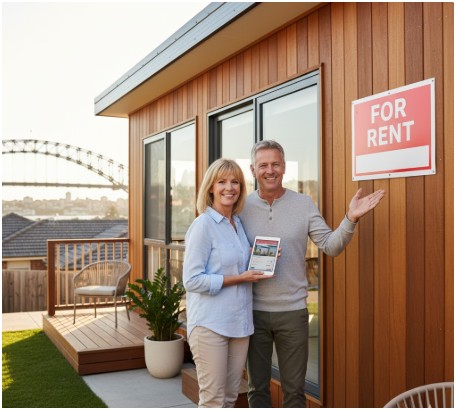
Granny flats foster a sense of community living, as they often bring together different generations within a family or provide a close-knit living situation for tenants and property owners.
This can result in stronger community ties and a support network that benefits all parties involved. For families, granny flats enable them to keep their loved ones close while still offering them independent living space.
Sustainability and Granny Flats
There is a growing trend towards sustainability in construction, and granny flats are no exception. These smaller dwellings require fewer materials and less energy to build and maintain compared to larger houses.
Additionally, they offer the opportunity for the inclusion of sustainable features such as solar panels, rainwater collection systems, and energy-efficient appliances, further reducing their ecological footprint.
Challenges of Building Granny Flats
Despite their many benefits, there are still challenges to building a granny flat in Sydney. Navigating council regulations, finding the right builder, and managing construction costs are just some of the hurdles that must be overcome.
This is where expertise in the industry becomes invaluable, and why selecting the right partners for your granny flat project is essential.
The Future of Granny Flats in Sydney
As Sydney continues to evolve and adapt to changing living needs, granny flats stand out as a solution that addresses several societal and urban development challenges.
With their ability to provide affordable accommodation, create additional income streams, and utilise space efficiently, granny flats are likely to remain a prominent feature of Sydney’s housing landscape.
In summary, granny flats embody a shift towards more flexible, affordable, and space-efficient living arrangements in Sydney. Their continued popularity underscores the need for adaptable housing solutions in urban areas.
For homeowners considering the addition of a granny flat, understanding the costs and navigating the process is key to ensuring a successful and rewarding build. Prospective builders or buyers should consider all aspects of granny flat Sydney, from design and cost to long-term benefits and community impact.
As the city’s housing dynamics shift, granny flats stand as a testament to the creativity and resourcefulness of Sydney residents in transforming their living spaces to meet the demands of modern life.
Whether you are a homeowner looking to expand your living space, an investor seeking to capitalise on the rental market, or a family in need of a smart living solution, the rise of granny flats offers a promising path to maximising both space and savings in Sydney’s competitive property landscape.





